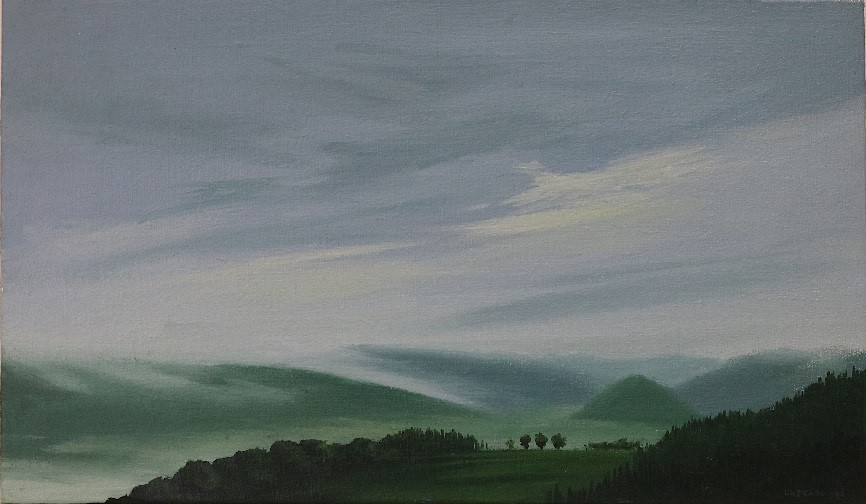Illicit trafficking in art has become the third illegal market in the world after drugs and weapons. A piece of research by the UPV/EHU-University of the Basque Country has discovered an innovative method for dating works of contemporary art, since none has existed so far; it involves studying the ageing process of acrylic paints.
A UPV/EHU research group discovers a method for detecting fake contemporary paintings
This technique has been used to date works of up to 22 years old
- Research
First publication date: 20/12/2019

The work aims to achieve the correct identification and precise dating of the materials used in the works and could assist in detecting fake or incorrectly attributed works. “The starting point of the study was to find out how acrylic paints in contemporary art age, and to determine that the length of time they have been in place corresponds to the assumed age of the work, so as to be able to say whether the work is 20 years old, for example, or was painted the day before yesterday,” said Itxaso Maguregi, lecturer in fine arts and co-author of the work.
The following people belong to the group of researchers who have participated in this project: Laura Ortiz-Herrero, member of the Farmartem research group at the Department of Analytical Chemistry of the UPV/EHU’s Faculty of Science and Technology, and Irene Cardaba, of the Department of Painting of the UPV/EHU’s Faculty of Fine Arts, in collaboration with Luis Bartolomé of the Central Analysis Unit of Bizkaia of the UPV/EHU (SCAB, SGIker), and Itxaso Maguregi of the Department of Painting of the UPV/EHU.
“The main problem with respect to contemporary art is that the materials used for the works are easy to find nowadays, so fakes are more straightforward to produce, and that is why this study is so significant,” explained Luis Bartolomé.
So the paints were subjected to accelerated ageing tests through the use of chambers with controlled conditions of light, temperature and humidity that allow the passing of time in the paint to be recreated. “50 hours in the chamber would be the equivalent of one year of natural ageing and the chemical evolution of the paint was monitored so as to develop mathematical models designed to predict age. Basically, what was conducted was a controlled ageing study of an acrylic paint through a time lapse of the paint,” said Luis Bartolomé.
After completing the ‘artificial ageing’, a series of templates, samples, are obtained and which can be used to compare with the original work. “Once we have created our ‘template series of artificial samples’, we incorporate actual samples to compare them. So we have seen that our model functioned correctly because it estimated the precise age of real works. For example, it was possible to confirm that a painting lent by the Basque painter Jesús Mari Lazkano and produced in 2015 was 4 years old,” said Bartolomé.
It has been possible to use this correlation to date works up to 22 years old and preserved in comparable conditions and created using the same type of paint. “This methodology could be a first step in dating contemporary pictorial works. At the same time, this work could help in developing other methodologies that are suitable for conservation and restoration purposes in contemporary painting,” said the researchers Laura Ortiz-Herrero and Irene Cardaba.
This work has been published in Talanta, one of the leading journals in the field of analytical chemistry and was also successfully presented to the European scientific community at the Technart 2019 international conference held in Bruges. In addition, an extended version of the work is awaiting publication in another international scientific journal, such as Microchemical Journal.




